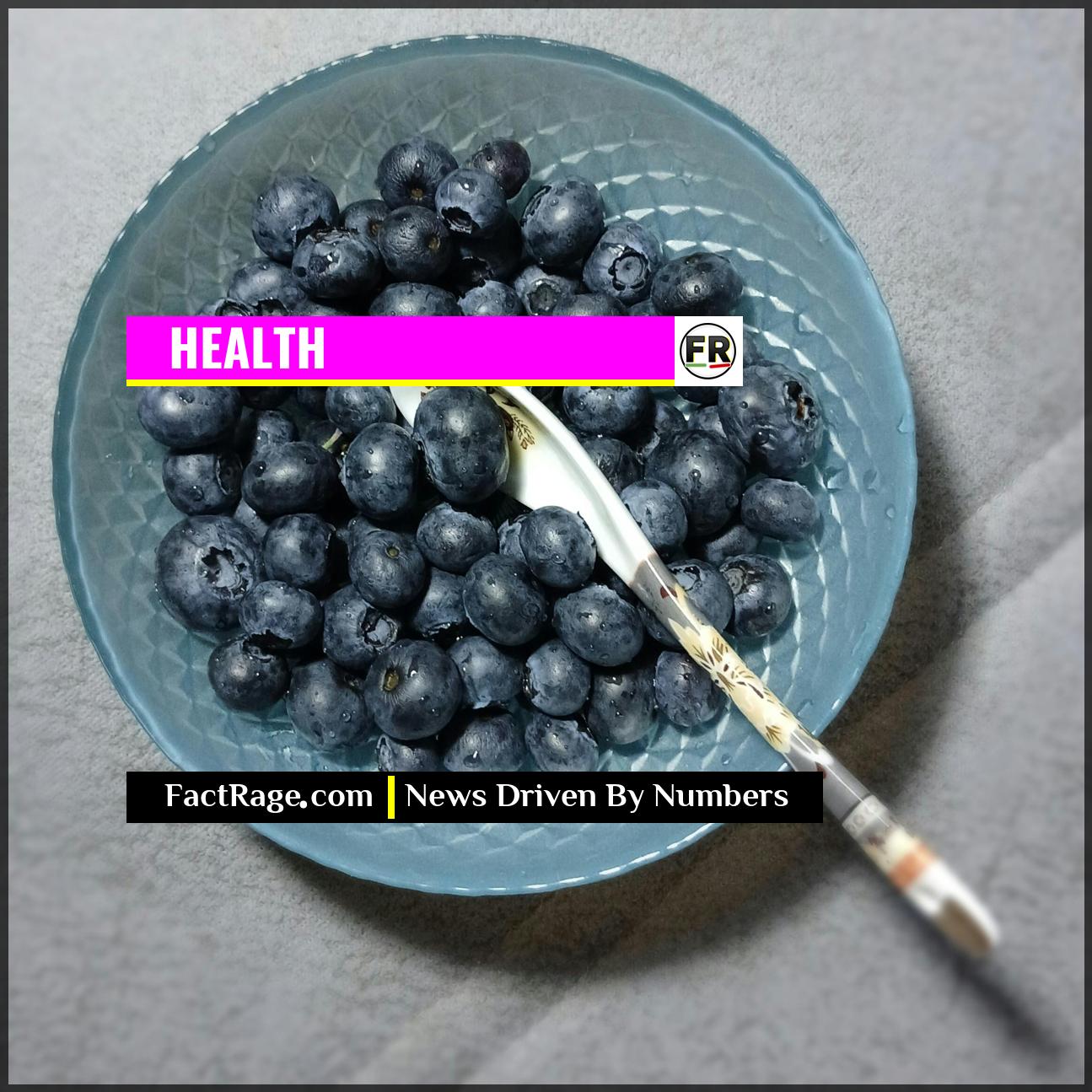NATIONWIDE – A recall of frozen organic blueberries sold at major national retailers has been issued due to a potential contamination with Listeria monocytogenes, a dangerous foodborne pathogen.
- The Recall Details – Multiple lots of private-label frozen organic blueberries sold at chains including Trader Joe’s and Aldi are being recalled. Consumers are urged to check packaging for specific lot codes and either discard the product or return it for a refund.
- The Health Risk – Listeria monocytogenes can cause a serious infection called listeriosis, which is especially dangerous for pregnant women, newborns, adults 65 or older, and people with weakened immune systems. The bacterium is unusual because it can grow and survive at refrigerator and freezer temperatures.
- A Systemic Vulnerability – The incident reveals how a contamination event at a single point, such as a processing facility, can have widespread consequences due to the complexity and reach of the modern food distribution network.
This recall goes beyond a single batch of fruit; it opens a window into the intricate, and sometimes vulnerable, path our food travels before it reaches our homes. The journey of a simple berry is a modern marvel of logistics, but it also presents numerous opportunities for invisible threats to enter the food we trust.
Why Your Frozen Blueberries Were Pulled from Shelves

The current recall was initiated voluntarily by a food processor after its own routine testing detected the presence of Listeria monocytogenes on equipment. This triggered a trace-back and a subsequent public alert for all products that may have been affected. The blueberries were distributed under various store brand names across the country, turning a localized issue at one facility into a national public health concern.
What does this mean for consumers? The Food and Drug Administration (FDA) advises against consuming the recalled products. Even if some of the product has been eaten and no one has gotten sick, the risk remains. Listeriosis can have a long incubation period, with symptoms sometimes appearing up to two months after consumption. Checking freezer inventories against the recalled lot numbers, which can be found on the FDA’s website and on retailer announcements, is the most immediate and crucial step for households to take.
Listeria: The Hidden Danger in “Healthy” Foods
Many people associate foodborne illness with undercooked meat or spoiled dairy, but pathogens can thrive in unexpected places. Listeria monocytogenes is a particularly resilient bacterium found in soil, water, and some animals. Its ability to survive and even grow in cold environments makes it a unique threat in refrigerated and frozen foods, including fruits and vegetables.
According to the Centers for Disease Control and Prevention (CDC), an estimated 1,600 people in the United States get listeriosis each year, and about 260 die from the illness. For most healthy individuals, an infection might result in short-term symptoms like fever and diarrhea. However, for at-risk populations, it can become an invasive illness, spreading beyond the gut and leading to severe complications like bloodstream infections, meningitis, and, in pregnant women, miscarriage or stillbirth. This recall serves as a stark reminder that the “healthy” choice of a fruit smoothie or a bowl of berries and yogurt is only as safe as the supply chain that delivered it.
Tracing the Path: How Contamination Can Happen
The journey of a frozen blueberry is a story of distance and precision. It may begin on a farm in the Pacific Northwest or as far away as Chile, where it’s harvested by hand or machine. From there, it travels to a processing facility where it is washed, sorted, and flash-frozen within hours to lock in freshness. It’s then packaged, warehoused, and shipped across the country to distribution centers before its final stop at a grocery store.
Contamination can occur at nearly any point along this chain. It could be introduced from contaminated irrigation water or soil on the farm. It might come from unclean surfaces on processing equipment or conveyor belts. It could even be a result of cross-contamination during packaging. The complexity of this system, designed for efficiency and scale, means that by the time a pathogen is detected in a single test, the potentially affected product may already be in thousands of home freezers. This highlights a fundamental question about the modern food system.














